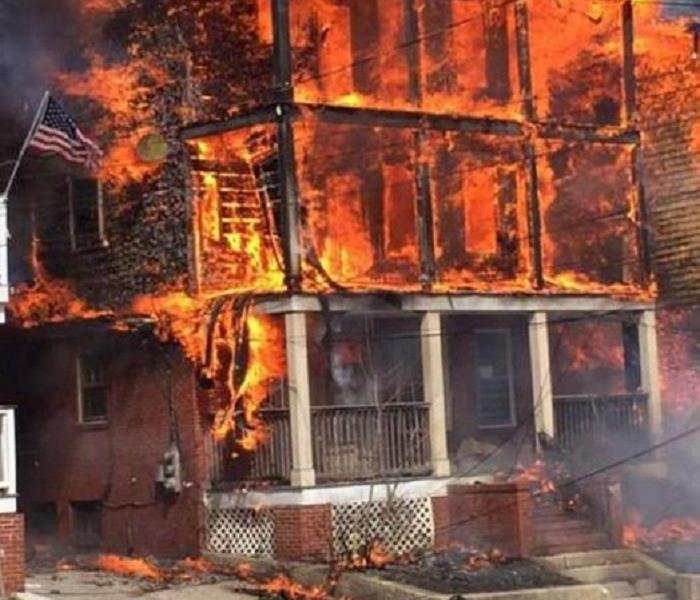Principles of Fire Cleaning
7/10/2018 (Permalink)
The procedures for cleaning smoke residues follow basic principles.
- Find residues.
- Identity the type of residues.
- Identity the type of surface the residue is on.
- Capture residues in dry particulate form or in solution.
- Remove the residues.
- Properly dispose of residues.
Finding and Identifying Residues
The estimator inspects and tests for smoke residues to evaluate the extent of damages and determine what cleaning services are needed for restoration. Besides the estimator's inspection, the restoration technician should pretest particular items to determine the best restoration procedure. By inspecting and pretesting, the estimator and technician locate residues, identify the type of residues, and determine the types of surfaces to be cleaned.
Capturing and Removing Residues
Residues must be captured before they can be removed. Restorers use air and fluids to release and carry soils away. Air and fluids carry suspended particles with the on contact. Vacuuming and dissolving are two ways to contact soils and carry them off to be disposed of.
Vacuuming
Smoke residues contain solid particles consisting mostly of carbon. Dry particles that are attached loosely to surfaces may be removed by vacuuming. Moisture contacting the particles can cause them to be absorbed by the surface and be difficult to remove. Always try to vacuum dry smoke residues from a surface before applying wet cleaning products.
Dissolving
Residues and soils that are not loose particles must be dissolved before they can be removed. Dissolving the residues and loosening their bond with the surface allows them to be suspended in a cleaning product and flushed away as the cleaning product is rinsed or extracted from the surface.
The type of soil and the type of surface are town main factors in dissolving soils. Some soils are water-soluble while others are not and require use of a solvent-based cleaning product. The type of surface must be considered to preserve the material being cleaned. Some surfaces can be damaged by water, while others are damaged by solvents.
The three steps of dissolving are wash, rinse, and dry.
Wash - Apply a cleaning agent to the surface and agitate it to penetrate and loosen soils. Once the soils are dissolved and held in suspension by the cleaning agent, they can be removed.
Rinse - Remove soils with the cleaning solution. This step depends on pressure, absorption, agitation, airflow, or water lift to penetrate the material and extract the cleaning solution.
Dry - Remove the remaining water or moisture and leftover soils from the material. Air movement, heat, and low humidity will allow drying to occur quickly. Use air movers or natural air movement by opening doors and windows, using ceiling fans, or turning on the HVAC system (if free of smoke).





 24/7 Emergency Service
24/7 Emergency Service